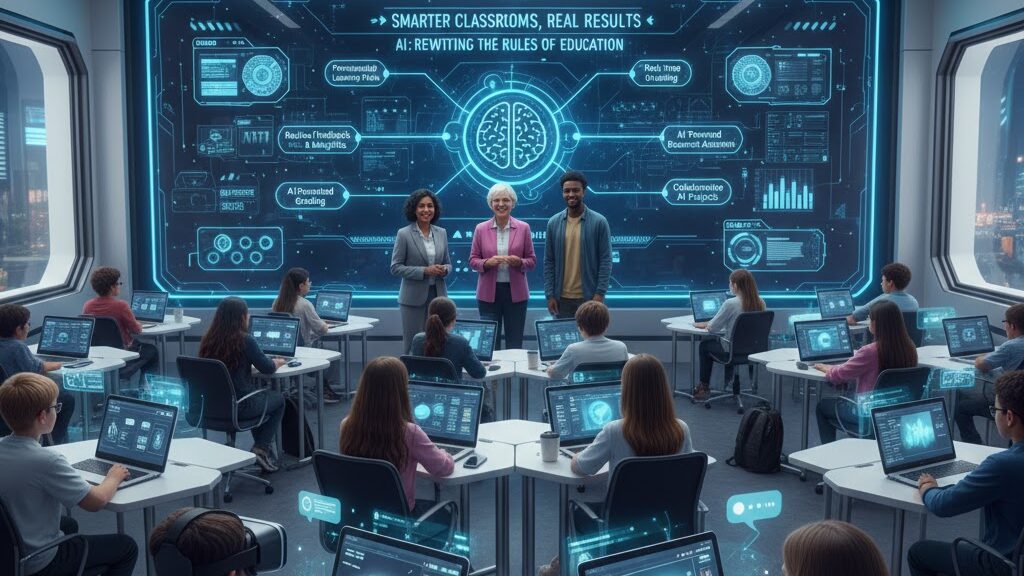
Source
BBC News
Summary
A new report by Estyn, Wales’s education watchdog, finds that while artificial intelligence is helping teachers save time and reduce administrative workloads, schools remain cautious about its classroom use. Many Welsh teachers now use AI for lesson planning, report writing and tailoring resources for students with additional needs. However, concerns persist around plagiarism, over-reliance, and data ethics. At Birchgrove Comprehensive School in Swansea, staff are teaching pupils to use AI responsibly, balancing innovation with digital literacy. Estyn and the Welsh government both emphasise the need for national guidance and training to ensure AI enhances learning without undermining skills or safety.
Key Points
- AI is reducing teacher workloads by automating planning and reporting tasks.
- Estyn warns that schools need clearer guidance for ethical and safe AI use.
- Pupils are using AI for revision and learning support, often with teacher oversight.
- Staff report excitement about AI’s potential but remain wary of bias and misuse.
- The Welsh government has committed to training and national policy development.
Keywords
URL
https://www.bbc.com/news/articles/c0lkdxpz0dyo
Summary generated by ChatGPT 5





